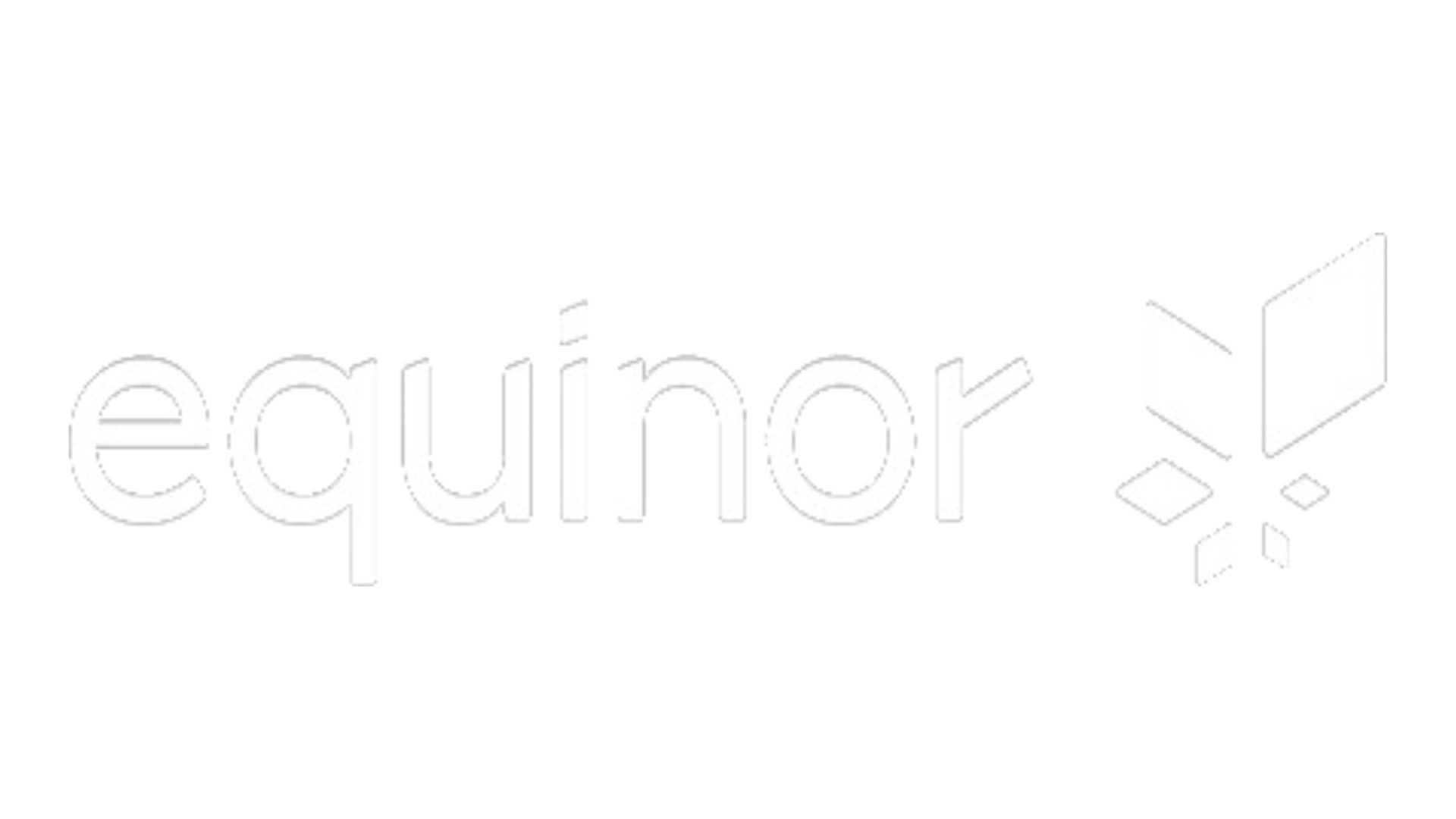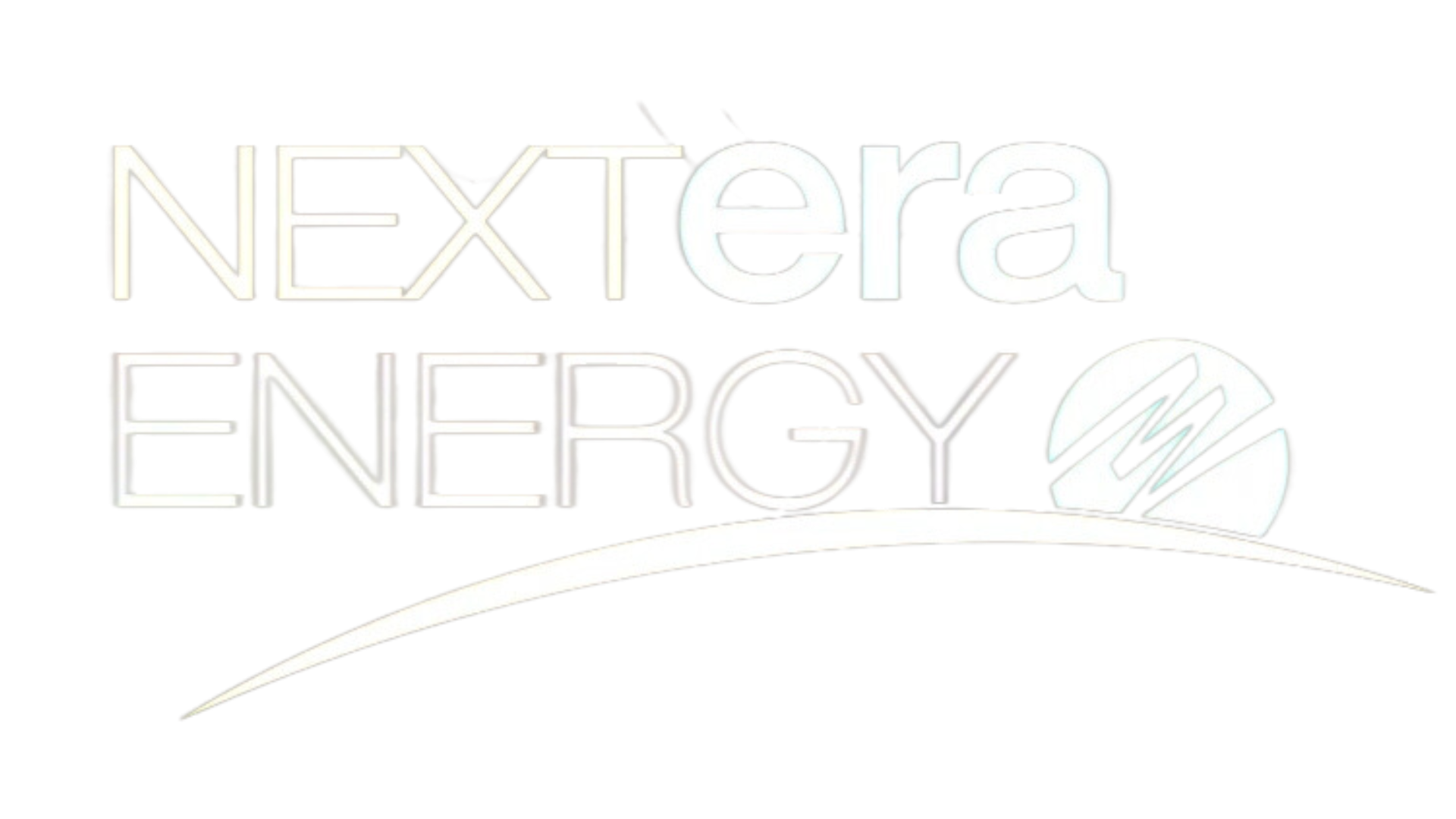By Peter Aronson February was the hottest on record, following January, which was the hottest January on record. And this followed the year 2023, which went into the record books as the hottest year since global record keeping began in 1850. With this relentless and ominous global warming upon us, and the summer and wildfire…
By Peter Aronson While a school bus’s roaring ignition and noxious gasoline smell may bring a wisp of nostalgia to some of us, it comes at a steep cost in the form of emergency room visits, school absenteeism, and an overheating planet. The state’s fiscal year 2023 budget, passed in April 2022, established New York…
The growth of offshore wind infrastructure, an affordable renewable energy source which harnesses power from ocean winds, is leading the path towards a future of green electricity in New York. This energy generation method provides locally produced power that will create significant progress towards the development of a clean economy by reducing emissions and creating thousands of family sustaining union jobs in the process.
As Spring approaches, spring cleaning is on everyone’s minds. Unfortunately, many conventional cleaning products contain chemicals that are harmful to the environment and to humans. Most cleaning products come in plastic and non-renewable containers, only creating unnecessary waste. They can also be extremely expensive.
Valentine’s Day gifts usually include flowers, greeting cards, presents, and nice dinners. This year, we encourage you to celebrate Valentine’s Day more sustainably. Check out the tips below for a greener Valentine’s Day!
On Wednesday, January 12th, 2022, NYLCVEF and our partner, Citizens Campaign for the Environment, hosted a webinar with special guests Orsted and Eversource to learn more about their ongoing offshore wind projects, South Fork Wind and Sunrise Wind.
As COVID cases are spiking and the weather is getting colder, many are opting for takeout rather than dining in. Plastic containers and excess packaging can make takeout a less eco-friendly option, but there are many ways to still be environmentally conscious.
Black Friday and Cyber Monday offer some of the best annual sales. However, they are also the heaviest consumerism days of the year, intensifying an already significant problem of electronic, clothing, and plastic waste. A 2019 survey found that up to 61% percent of Americans received an unwanted gift during the holidays, much of which will end up in landfills. Below are some tips on how to reduce your carbon footprint this season while still enjoying the discounts.
Autumn is filled with cozy drinks, sweaters, fall festivities, and changing leaves. Every year, thousands of travelers in America hit the road or take the train to see the fall leaves. A 2017 survey found that 28% of Americans planned a fall getaway, with “road trips, foliage viewing, fall festivals, and national parks” listed as…









